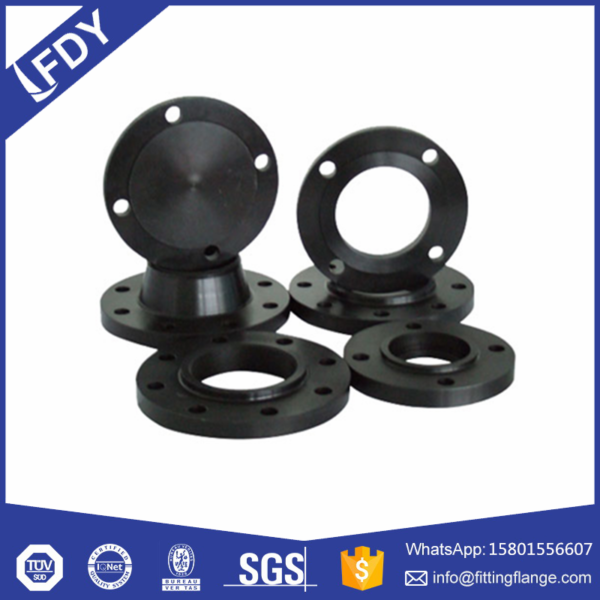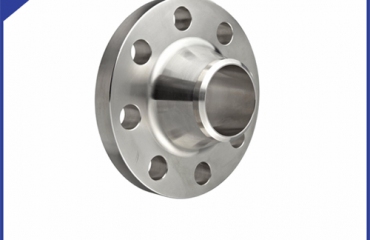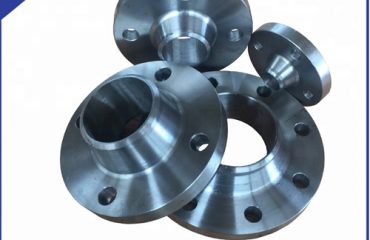
Forged flanges are often considered a superior option compared to traditional flange options for several reasons.Strength and Durability One of the key advantages of forged flanges is their superior strength and durability.
Forged flanges are made by shaping a piece of raw material under high pressure and high temperatures, resulting in a dense and uniform structure with no porosity or inclusions. This makes forged flanges extremely strong and resistant to wear and corrosion. In comparison, cast flanges are made by pouring molten metal into a mold, which can result in a less uniform structure with potential weak spots. Plate flanges are cut from a plate of steel, which may not have the same strength as forged flanges.
Precision and Consistency Forged flanges are also known for their precision and consistency. The forging process allows for tight tolerances and precise dimensions, ensuring a perfect fit and seal when connecting pipes or fittings. In contrast, cast flanges may have variations in dimensions due to the casting process, which can lead to leaks or improper fitment. Plate flanges also may not have as precise dimensions as forged flanges, as they are cut from a larger plate of steel.
Corrosion Resistance Forged flanges are often made from materials such as stainless steel or carbon steel, which have excellent corrosion resistance properties. This makes forged flanges ideal for use in corrosive environments or with corrosive materials. Cast flanges may not have the same level of corrosion resistance, as the casting process can introduce impurities that can lead to corrosion. Plate flanges may also be more susceptible to corrosion due to the nature of the material and lack of protective coating.
Cost While forged flanges may have a higher upfront cost compared to cast or plate flanges, they can actually be more cost-effective in the long run. Due to their superior strength and durability, forged flanges have a longer lifespan and require less maintenance and repairs compared to other types of flanges. This can result in lower overall costs for maintenance and replacement over time.
 Language
Language Espanol
Espanol English
English Italian
Italian عربى
عربى
 Skype: chinamaker99
Skype: chinamaker99  Tel: 86-316-5120812
Tel: 86-316-5120812  Email:
Email:  Whatsapp:
Whatsapp: 
